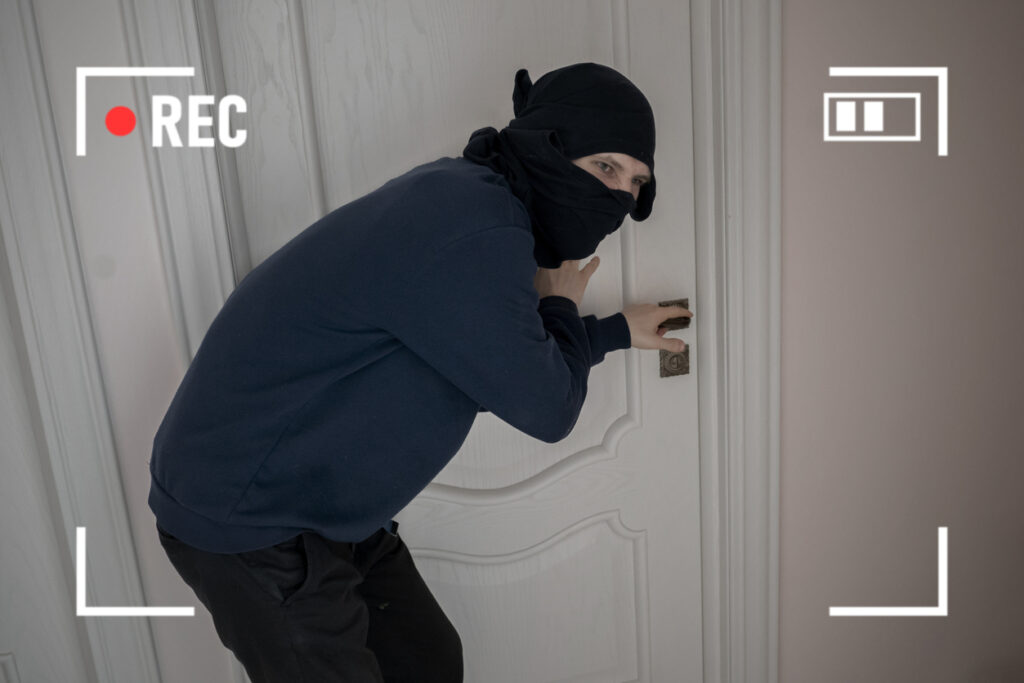Intruder detection systems are sometimes overlooked due to myths about their perceived expense, propensity for false alarms, and usefulness only in high-crime areas and affluent neighbourhoods. Is that true?
We talked to Laurence Kenny from Pyronix about it, and he identified three central myths worth exploring:
- Intruder systems are a grudge purchase
- Intruder systems are only there to protect the inside of the property
- DIY intruder systems can provide the same level of security as professional security solutions.
Understanding the Myths
Intruder systems have traditionally been seen as a grudge purchase by end users. They are often a luxury that users will defer investing in until they either get broken into, someone they know experiences a burglary, or there is a spate of crime in the area.
This is a sub-optimal situation for several reasons. We know in the security industry that prevention is better than cure, but end users often don’t see the benefit or value of an intruder alarm until it’s too late.
Homes and businesses with alarms are less likely to be broken into, with would-be intruders wanting to draw as little attention as possible. Setting a siren off and alerting those around could deter intruders. However, this isn’t enough to demonstrate value to the user in this day and age.
Intruder alarms must do more to demonstrate value to the user through app connectivity, alerting of potential life safety risks such as fire and carbon monoxide, and integrating smart tech to create a smart home.
Often, we see intruder systems only marketed as protecting the inside of the property, where an intruder has already entered. The ideal security solution should consider a multi-layered approach, ensuring that an intruder is picked up before entry to the property is attempted.
This is where external detectors and gate contacts can provide an early warning of an intruder’s intentions, alerting the user through their app and allowing them (with integrated systems) to view cameras or doorbells to verify the threat. Intrusion into properties, particularly homes, can create a significant feeling of anxiety for homeowners and families.
Best practices in security system design will consider this and the potential risks and entry points to provide technology that mitigates the possible threats.
Perimeter protection, including shock sensors on windows and doors, also helps combat this threat. We also see a significant increase in vehicle crime, specifically keyless car theft and tool theft from vans. Protecting high-value assets outside of the home is also critical to providing a complete security solution; this is the value modern systems can provide users.
Next, let’s address the final myth surrounding DIY security systems. The professional security industry must educate the general public about the importance of professional security. DIY systems don’t need to comply with EN or BS standards to be placed on the market. Still, they are often marketed as a cost-effective alternative to professional equipment.
The design standards are backed by independent certification, which can be misleading. Professional equipment is designed and manufactured in accordance with these standards. Experienced installers who install professional equipment will be able to assess the risks to the property and provide a system that is fit for purpose, taking into account the user’s specific security requirements and providing that multilayered approach. The integrity of off-the-shelf solutions could also be compromised by jamming and other malicious attempts to gain access.
Professionally installed systems are maintained yearly to ensure stability and proper functioning. This is not provided with DIY systems, and as such, the systems need to be checked for integrity, potentially leaving consumers exposed to a system that they believe is providing them adequate protection in the long term.
What makes a difference?
Throughout its history, Pyronix has been a leading innovator of intruder detection technology. They hold patents over various sensors, including PIR sensors, dual technology, anti-masking, external detectors, and the CarDefender. Then, there are contacts to protect entry points, such as discrete nano contacts for doors and windows and heavy-duty contacts for external garages, gates, and outbuildings, which alert you to potential intrusions in advance.
Pyronix intruder detection equipment has been designed to work across the range of Pyronix panels, with standard programming and functionality. Each premises has specific security needs, including grading and risk profile. As such, Pyronix has developed a range of detectors and sensors to help installers achieve the required grading level. Environmental factors also come into play, such as harsh environments where dual-technology detectors may be required for temperature fluctuations.
To help installers perform regular maintenance on the system, Pyronix offers software solutions such as Insite software and Automatic Remote Maintenance (ARM). Additionally, it aims to future-proof systems so that installers can add devices and peripherals to the system over its lifetime, enhancing the customer lifetime value for the installer and providing users with more value and benefits.
it is important to debunk the myths surrounding DIY security systems. While they may seem cost-effective and convenient, they often lack the necessary maintenance and customisation options that professionally installed systems offer. Investing in a reliable and reputable brand like Pyronix ensures that your property is protected with advanced technology and tailored solutions to meet your specific security needs inside and outside the property. Waiting until after users have had to suffer the inconvenience of dealing with the aftermath of a break-in or have had to pay for the repairs due to damage caused by a break-in, is not a good policy. It’s important to educate and guide customers to prevent incidents and ensure business and home security.








